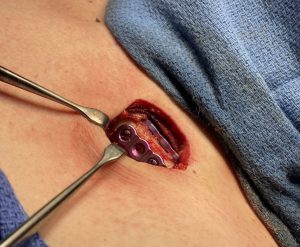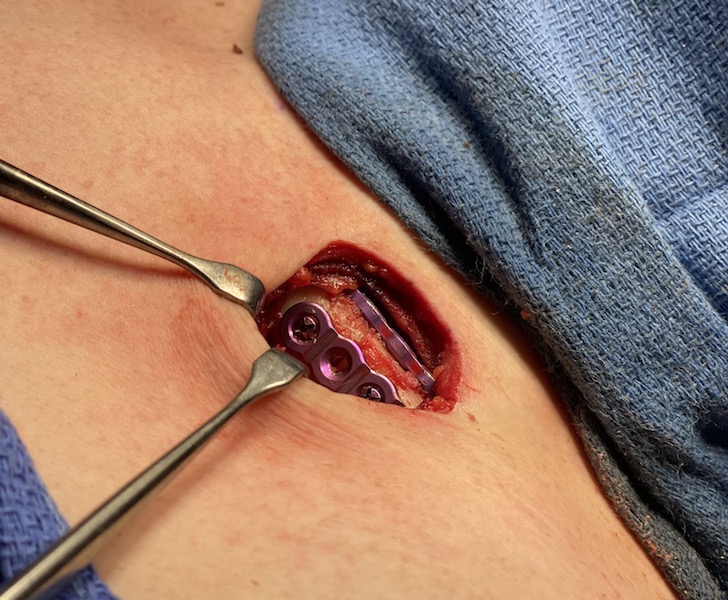
The most common question in shoulder reduction surgery is how much can the clavicle be safely shortened given the musculoligamentous attachments of the shoulder. Clinical experience has shown that 2.5cms per side uniformly goes on to heal without any reported shoulder functional problems. But this amount of bone reduction is not one that is randomly picked. It is based on extensive experience in the orthopedic surgery literature with clavicle fractures.
In the October 2015 issue of the journal Acta Orthopaedica a relevant paper on this topic was published entitled ‘Posttraumatic Midshaft Clavicular Shortening Does Not Result In Relevant Functional Outcome Changes – Observations in 32 Healed Nonoperatively Treated Fractures . In this paper the authors evaluated these patients using motions of the thorax, arm and shoulder using standardized electromagnetic 3D motion tracking to evaluate functional outcome. Positioning of the scapula and humerus at rest and in motion as well as strength and function of the affected shoulder compared to the opposite side were done.
The average amount of clavicular shortening was 25mms. Scapular protraction in the affected shoulder increased an average of 4.4 degrees at rest. During abduction slightly more protraction, slightly more lateral rotation and slightly less backward tilt occurred in the affected shoulder. Scapulohumeral kinematics, maximum hummers angles and strength were not associated with the amount of clavicle shortening. All patients performed well in the functional outcome tests.
In shoulders with a healed but shortened clavicle fracture there are altered scaphohumeral kinematics but these changes are small. They do not result in any relevant functional changes. In a more traumatic injury than that of a clavicle reduction osteotomy shoulder function was not clinically altered. This supports the common use of a 2.5cm bone removal. More than that remains unproven in terms of its affect on the shoulders.
Dr. Barry Eppley
Indianapolis, Indiana



